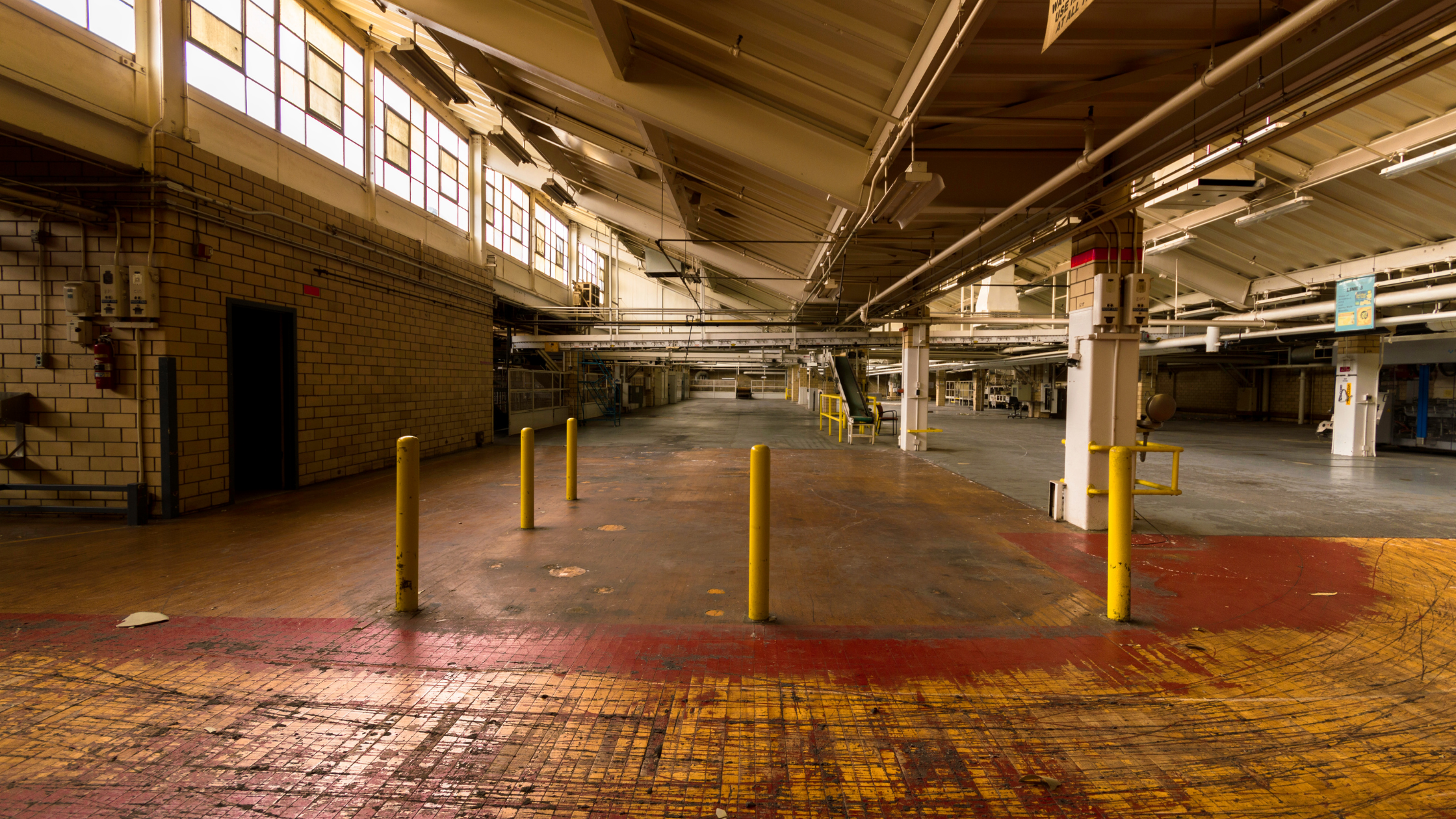 When looking for quality industrial coatings, it is not unusual to hear about urethane or polyurethane coatings. They are common when discussing flooring systems for the most intensive applications. Their chemical properties make them more resilient and easier to maintain than epoxy flooring, which itself is usually looked at as an upgrade from concrete floors.
When looking for quality industrial coatings, it is not unusual to hear about urethane or polyurethane coatings. They are common when discussing flooring systems for the most intensive applications. Their chemical properties make them more resilient and easier to maintain than epoxy flooring, which itself is usually looked at as an upgrade from concrete floors.
The name can be a very confusing part of differentiating between these coatings.
To understand why they are called what they are, it’s helpful to know a bit about their composition. Polyurethane is an organic plastic polymer material where units are linked together with carbamates. It can be rigid or flexible. For flooring, the dense bonds combine strength with a level of flexibility.
Within each chemical grouping are multiple urethane units – that is, many (“poly”) urethane.
A Definitive Answer to “Urethane” Versus “Polyurethane”
The answer, although not intuitive, is a simple one: Urethane and polyurethane are the same thing.
Different vendors may say “urethane” or “polyurethane” exclusively, or they may use the two terms interchangeably. This can be confusing at first, especially when a company has an interest in using both terms to make itself more visible in online searches. However, any confusion is not intentional.
One reason both urethane and polyurethane are used is that different products are marketed to different industries over time. In addition to coating and flooring systems, polyurethane products are used for building insulation, refrigeration unit insulation, furniture cushioning, and car parts.
You might even have polyurethane products in your mattress, shoes, or gym clothes!
Polyurethanes were invented in the 1930s and have been in wide use since the 1950s, where they began to appear in products like adhesives, elastomers, rigid foams, and cushioning foams. Many of today’s coating products were first conceived around that time, and have only gotten better since.
Polyurethane Coatings in Industrial Workplaces
For industrial enterprises, polyurethane is most frequently seen in the form of coatings and adhesives. The coatings have a characteristic curing period, enabling them to harden over the course of a few hours. Once fully cured, they offer remarkable durability, adding significantly to the strength of concrete.
Polyurethane is modern, sustainable, and durable. Although it represents a greater upfront investment than epoxy flooring, the long-term performance of polyurethane can offset these costs. When applied correctly by trained professionals, polyurethane may last twice as long as an epoxy flooring.
Polyurethane coatings have many protective uses.
They defend substrates against:
-
Corrosion
-
Weathering
-
Abrasion
-
Shock
-
Heat
-
Contamination
Performance Qualities of Polyurethane Coatings Compared to Epoxy
Polyurethane is highly customizable, with glossy, opaque, or transparent finishes. Although it may appear visually similar to epoxy, there are several key differences. Understanding these is important in determining whether polyurethane is a good fit for your facility.
Some major differences between polyurethane and epoxy include:
1. Elasticity
Most polyurethane coatings are designed to be softer and more flexible than epoxy, without sacrificing the chemical strength industrial workplaces need. With slightly more “give,” polyurethane stands up more effectively to high volumes of pedestrian traffic.
2. Abrasion Resistance
Polyurethane is highly resistant to abrasion, dents, scratches, chipping, and cracking. Like epoxy, it provides a dense and tight anti-moisture seal to the substrate, granting greater longevity to the underlying material. It is also easy to clean and does not readily absorb stains.
3. Extreme Temperatures
The chemical configuration of polyurethane makes it a great selection for extreme heat or cold. Heat tolerance of 200 degrees Fahrenheit is not unusual, and high heat variants are also available. It can also maintain its shape and chemical properties in temperatures below 30 degrees Fahrenheit.
4. Food Handling and Bacterial Resistance
Polyurethane coatings are commonly used in sensitive industries like dairy and meat processing since they are very easy to clean and cannot readily be colonized by microbes. Combined with an antimicrobial coating, polyurethane can be part of a strategy to reduce the risk of foodborne illness.
Whether You Call it Urethane or Polyurethane, It’s a High-Quality Coating Choice
The polyurethane category is distinguished by a diverse array of products intended for virtually any kind of substrate you can name. There are coatings for indoor and outdoor use. These are all united by their exceptional quality at the cost of higher upfront investment and longer application times.
Polyurethane may not be necessary for all environments. On the other hand, there are applications for which nothing less will do. To get the most benefit from urethane or polyurethane coatings, be sure you are partnering with painting contractors who understand how to make it work best in your situation.
No matter what you call it, polyurethane represents the top of the line in industrial and commercial coatings. With basic maintenance, you’ll be able to rely on coated surfaces with confidence for years. It really is as simple as that.






